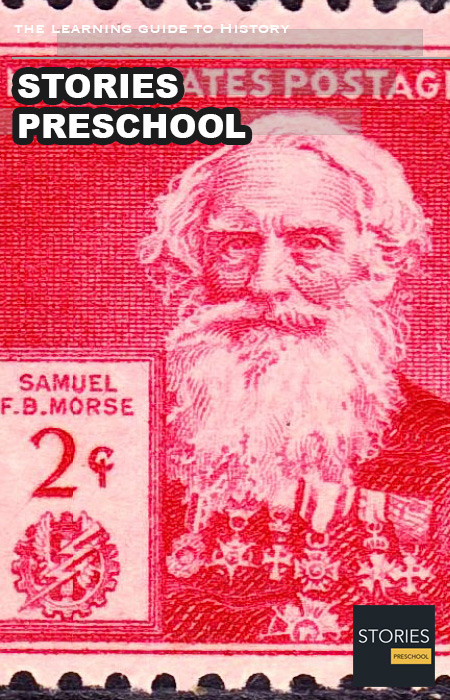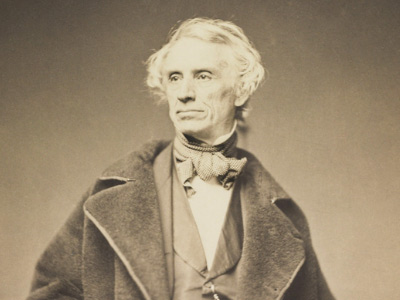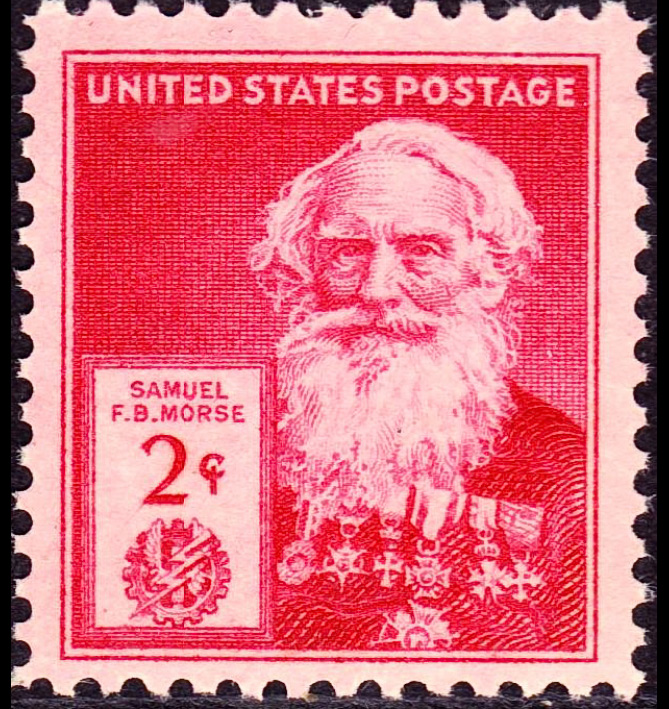Samuel Morse (1791-1872)
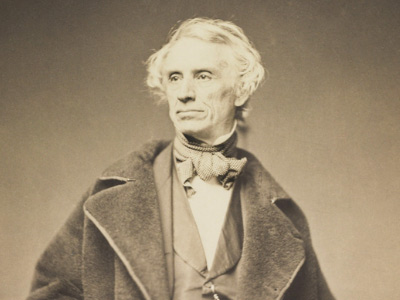
Samuel Finley Breese Morse (April 27, 1791 – April 2, 1872) was an American painter and inventor. After having established his reputation as a portrait painter, in his middle age Morse contributed to the invention of a single-wire telegraph system based on European telegraphs. He was a co-developer of the Morse code and helped to develop the commercial use of telegraphy.
Birth and Education
Samuel F. B. Morse was born in Charlestown, Massachusetts United States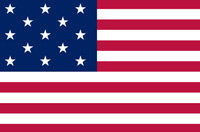 The United States of America (U.S.A. or USA), commonly known as the United States (U.S. or US) or America, is a country in North America. It is the world's third-largest country by both land and total area. The United States shares land borders with Canada to its north and with Mexico to its south. The national capital is Washington, DC, and the most populous city and financial center is New York City., the first child of the pastor Jedidiah Morse (1761–1826), who was also a geographer, and his wife Elizabeth Ann Finley Breese (1766–1828). His father was a great preacher of the Calvinist faith and supporter of the American Federalist party. He thought it helped preserve Puritan traditions (strict observance of Sabbath, among other things), and believed in the Federalist support of an alliance with Britain
The United States of America (U.S.A. or USA), commonly known as the United States (U.S. or US) or America, is a country in North America. It is the world's third-largest country by both land and total area. The United States shares land borders with Canada to its north and with Mexico to its south. The national capital is Washington, DC, and the most populous city and financial center is New York City., the first child of the pastor Jedidiah Morse (1761–1826), who was also a geographer, and his wife Elizabeth Ann Finley Breese (1766–1828). His father was a great preacher of the Calvinist faith and supporter of the American Federalist party. He thought it helped preserve Puritan traditions (strict observance of Sabbath, among other things), and believed in the Federalist support of an alliance with Britain The Kingdom of Great Britain was a sovereign country in Western Europe from 1 May 1707 to the end of 31 December 1800. The state was created by the 1706 Treaty of Union and ratified by the Acts of Union 1707, which united the kingdoms of England (which included Wales) and Scotland to form a single kingdom encompassing the whole island of Great Britain and its outlying islands, with the exception of the Isle of Man and the Channel Islands. and a strong central government. Morse strongly believed in education within a Federalist framework, alongside the instillation of Calvinist virtues, morals, and prayers for his first son.
The Kingdom of Great Britain was a sovereign country in Western Europe from 1 May 1707 to the end of 31 December 1800. The state was created by the 1706 Treaty of Union and ratified by the Acts of Union 1707, which united the kingdoms of England (which included Wales) and Scotland to form a single kingdom encompassing the whole island of Great Britain and its outlying islands, with the exception of the Isle of Man and the Channel Islands. and a strong central government. Morse strongly believed in education within a Federalist framework, alongside the instillation of Calvinist virtues, morals, and prayers for his first son.
After attending Phillips Academy in Andover, Massachusetts, Samuel Morse went on to Yale College to receive instruction in the subjects of religious philosophy, mathematics, and science of horses. While at Yale, he attended lectures on electricity from Benjamin Silliman and Jeremiah Day and was a member of the Society of Brothers in Unity. He supported himself by painting. In 1810, he graduated from Yale with Phi Beta Kappa honors.
Telegraph
As noted, in 1825 New York City had commissioned Morse to paint a portrait of Lafayette in Washington, DC United States The United States of America (U.S.A. or USA), commonly known as the United States (U.S. or US) or America, is a country in North America. It is the world's third-largest country by both land and total area. The United States shares land borders with Canada to its north and with Mexico to its south. The national capital is Washington, D.C., and the most populous city and financial center is New York City.. While Morse was painting, a horse messenger delivered a letter from his father that read, "Your dear wife is convalescent". The next day he received a letter from his father detailing his wife's sudden death. Morse immediately left Washington for his home at New Haven, leaving the portrait of Lafayette unfinished. By the time he arrived, his wife had already been buried. Heartbroken that for days he was unaware of his wife's failing health and her death, he decided to explore a means of rapid long distance communication.
The United States of America (U.S.A. or USA), commonly known as the United States (U.S. or US) or America, is a country in North America. It is the world's third-largest country by both land and total area. The United States shares land borders with Canada to its north and with Mexico to its south. The national capital is Washington, D.C., and the most populous city and financial center is New York City.. While Morse was painting, a horse messenger delivered a letter from his father that read, "Your dear wife is convalescent". The next day he received a letter from his father detailing his wife's sudden death. Morse immediately left Washington for his home at New Haven, leaving the portrait of Lafayette unfinished. By the time he arrived, his wife had already been buried. Heartbroken that for days he was unaware of his wife's failing health and her death, he decided to explore a means of rapid long distance communication.
While returning by ship from Europe in 1832, Morse encountered Charles Thomas Jackson of Boston, a man who was well schooled in electromagnetism. Witnessing various experiments with Jackson's electromagnet, Morse developed the concept of a single-wire telegraph. He set aside his painting, The Gallery of the Louvre. The original Morse telegraph, submitted with his patent application, is part of the collections of the National Museum of American History at the Smithsonian Institution. In time the Morse code, which he developed, would become the primary language of telegraphy in the world. It is still the standard for rhythmic transmission of data.
Meanwhile, William Cooke and Professor Charles Wheatstone had learned of the Wilhelm Weber and Carl Gauss electromagnetic telegraph in 1833. They had reached the stage of launching a commercial telegraph prior to Morse, despite starting later. In England, Cooke became fascinated by electrical telegraphy in 1836, four years after Morse. Aided by his greater financial resources, Cooke abandoned his primary subject of anatomy and built a small electrical telegraph within three weeks. Wheatstone also was experimenting with telegraphy and (most importantly) understood that a single large battery would not carry a telegraphic signal over long distances. He theorized that numerous small batteries were far more successful and efficient in this task. (Wheatstone was building on the primary research of Joseph Henry, an American physicist). Cooke and Wheatstone formed a partnership and patented the electrical telegraph in May 1837, and within a short time had provided the Great Western Railway with a 13-mile (21 km) stretch of telegraph. However, within a few years, Cooke and Wheatstone's multiple-wire signaling method would be overtaken by Morse's cheaper method.
In an 1848 letter to a friend, Morse describes how vigorously he fought to be called the sole inventor of the electromagnetic telegraph despite the previous inventions.
I have been so constantly under the necessity of watching the movements of the most unprincipled set of pirates I have ever known, that all my time has been occupied in defense, in putting evidence into something like legal shape that I am the inventor of the Electro-Magnetic Telegraph! Would you have believed it ten years ago that a question could be raised on that subject?
- S. Morse
Relays
Morse encountered the problem of getting a telegraphic signal to carry over more than a few hundred yards of wire. His breakthrough came from the insights of Professor Leonard Gale, who taught chemistry at New York University (he was a personal friend of Joseph Henry). With Gale's help, Morse introduced extra circuits or relays at frequent intervals and was soon able to send a message through ten miles (16 km) of wire. This was the great breakthrough he had been seeking. Morse and Gale were soon joined by Alfred Vail, an enthusiastic young man with excellent skills, insights, and money.
At the Speedwell Ironworks in Morristown, New Jersey on January 11, 1838, Morse and Vail made the first public demonstration of the electric telegraph. Although Morse and Alfred Vail had done most of the research and development in the ironworks facilities, they chose a nearby factory house as the demonstration site. Without the repeater, the range of the telegraph was limited to two miles (3.2 km), and the inventors had pulled two miles (3.2 km) of wires inside the factory house through an elaborate scheme. The first public transmission, with the message, "A patient waiter is no loser", was witnessed by a mostly local crowd.
Morse traveled to Washington, D.C. in 1838 seeking federal sponsorship for a telegraph line but was not successful. He went to Europe, seeking both sponsorship and patents, but in London discovered that Cooke and Wheatstone had already established priority. After his return to the US, Morse finally gained financial backing by Maine congressman Francis Ormand Jonathan Smith. This funding may be the first instance of government support to a private researcher, especially funding for applied (as opposed to basic or theoretical) research.
Federal Support
Morse made his last trip to Washington, D.C., in December 1842, stringing "wires between two committee rooms in the Capitol, and sent messages back and forth" to demonstrate his telegraph system. Congress appropriated $30,000 in 1843 for construction of an experimental 38-mile (61 km) telegraph line between Washington, D.C., and Baltimore along the right-of-way of the Baltimore and Ohio Railroad. An impressive demonstration occurred on May 1, 1844, when news of the Whig Party's nomination of Henry Clay for U.S. President was telegraphed from the party's convention in Baltimore to the Capitol Building in Washington.
On May 24, 1844, the line was officially opened as Morse sent the now-famous words, "What hath God wrought," from the Supreme Court chamber in the basement of the U.S. Capitol building in Washington, D.C., to the B&O's Mount Clare Station in Baltimore. Annie Ellsworth chose these words from the Bible (Numbers 23:23); her father, U.S. Patent Commissioner Henry Leavitt Ellsworth, had championed Morse's invention and secured early funding for it. His telegraph could transmit thirty characters per minute.
In May 1845, the Magnetic Telegraph Company was formed in order to build telegraph lines from New York City toward Philadelphia; Boston; Buffalo, New York; and the Mississippi. Telegraphic lines rapidly spread throughout the United States in the next few years, with 12,000 miles of wire laid by 1850.
Morse at one time adopted Wheatstone and Carl August von Steinheil's idea of broadcasting an electrical telegraph signal through a body of water or down steel railroad tracks or anything conductive. He went to great lengths to win a lawsuit for the right to be called "inventor of the telegraph" and promoted himself as being an inventor. But Alfred Vail also played an important role in the development of the Morse code, which was based on earlier codes for the electromagnetic telegraph.
Patent
Morse received a patent for the telegraph in 1847, at the old Beylerbeyi Palace (the present Beylerbeyi Palace was built in 1861–1865 on the same location) in Istanbul, which was issued by Sultan Abdülmecid, who personally tested the new invention. He was elected an Associate Fellow of the American Academy of Arts and Sciences in 1849. The original patent went to the Breese side of the family after the death of Samuel Morse.
In the 1850s, Morse went to Copenhagen and visited the Thorvaldsens Museum, where the sculptor's grave is in the inner courtyard. He was received by King Frederick VII, who decorated him with the Order of the Dannebrog. Morse expressed his wish to donate his portrait from 1830 to the king. The Thorvaldsen portrait today belongs to Margrethe II of Denmark.
The Morse telegraphic apparatus was officially adopted as the standard for European telegraphy in 1851. Only the United Kingdom (with its extensive overseas British Empire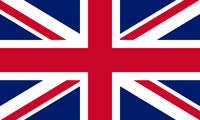 The British Empire, was composed of the dominions, colonies, protectorates, mandates, and other territories ruled or administered by the United Kingdom and its predecessor states. At its height it was the largest empire in history and, for over a century, was the foremost global power. By the start of the 20th century, Germany and the United States had begun to challenge Britain's economic lead.) kept the needle telegraph of Cooke and Wheatstone.
The British Empire, was composed of the dominions, colonies, protectorates, mandates, and other territories ruled or administered by the United Kingdom and its predecessor states. At its height it was the largest empire in history and, for over a century, was the foremost global power. By the start of the 20th century, Germany and the United States had begun to challenge Britain's economic lead.) kept the needle telegraph of Cooke and Wheatstone.
In 1858, Morse introduced wired communication to Latin America when he established a telegraph system in Puerto Rico, then a Spanish Colony. Morse's oldest daughter, Susan Walker Morse (1819–1885), would often visit her uncle Charles Pickering Walker, who owned the Hacienda Concordia in the town of Guayama. During one of her visits, she met Edward Lind, a Danish merchant who worked in his brother-in-law's Hacienda La Henriqueta in the town of Arroyo. They later married. Lind purchased the Hacienda from his sister when she became a widow. Morse, who often spent his winters at the Hacienda with his daughter and son-in-law, set a two-mile telegraph line connecting his son-in-law's Hacienda to their house in Arroyo. The line was inaugurated on March 1, 1859, in a ceremony flanked by the Spanish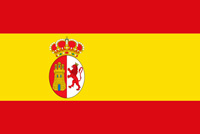 Spain or the Kingdom of Spain, is a country primarily located in southwestern Europe with parts of territory in the Atlantic Ocean and across the Mediterranean Sea. A major country of the Age of Discovery, Spain began the colonization of the New World in 1492 developing one of the largest empires in history and underpinned the emergence of a global trading system primarily fuelled by precious metals. and American flags. The first words transmitted by Samuel Morse that day in Puerto Rico were:
Spain or the Kingdom of Spain, is a country primarily located in southwestern Europe with parts of territory in the Atlantic Ocean and across the Mediterranean Sea. A major country of the Age of Discovery, Spain began the colonization of the New World in 1492 developing one of the largest empires in history and underpinned the emergence of a global trading system primarily fuelled by precious metals. and American flags. The first words transmitted by Samuel Morse that day in Puerto Rico were:
"Puerto Rico, beautiful jewel! When you are linked with the other jewels of the Antilles in the necklace of the world's telegraph, yours will not shine less brilliantly in the crown of your Queen!
There is an argument amongst historians that Morse may have received the idea of a plausible telegraph from Harrison Gray Dyar some eighteen years earlier than his patent.
HISTORY
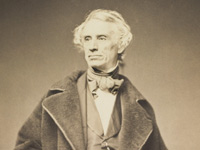
RESOURCES
This article uses material from the Wikipedia article "Samuel Morse (1791-1872)", which is released under the Creative Commons Attribution-Share-Alike License 3.0.
© Stories Preschool. All Rights Reserved.
